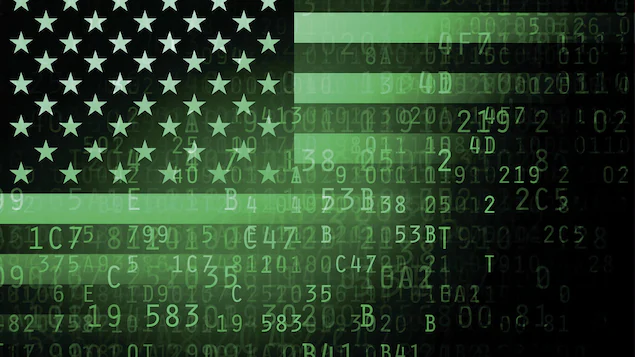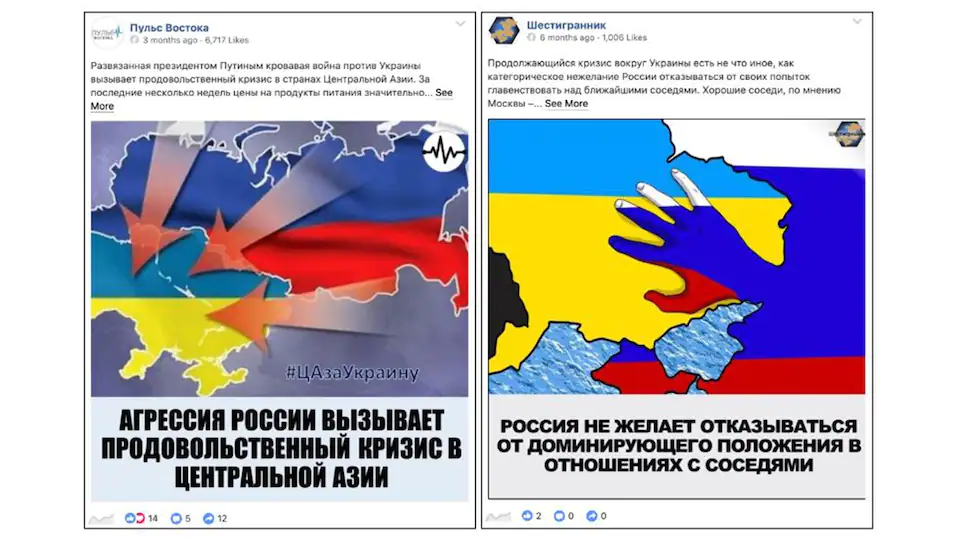
Active since 2017, this underground campaign aims to influence social media users living in Central Asia, Iran, Afghanistan and the Middle East. Using local media and fake accounts impersonating locals, the campaign sought to stir up anger towards Russia, Iran and China. About half of the accounts targeted the Iranian population.
Researchers working for social media analytics firm Graphica, as well as Stanford University’s Internet Observatory, believe so. The largest pro-Western social media influence operation analyzed by open source intelligence researchers (Open source)
.
In all, the team analyzed nearly 300,000 tweets from 146 fake Twitter accounts, as well as 39 fake accounts, 16 pages, 2 Facebook groups and 26 Instagram accounts. Investigators also found associated fake accounts on other Russian-language social networks. According to their analysis, all these fake accounts worked in coordination.
Meta and Twitter, owned by Facebook and Instagram, took down the entire network and claimed that these fake accounts were operated from the United States. Neither these companies nor the researchers can say for sure who is behind the campaign.
However, researchers noted that an archived version of one of the fake accounts indicated in 2021 that it belonged to CENTCOM, the United States Central Command responsible for military operations in the Middle East and Central Asia.
The network also used AI-generated portraits to create more realistic fake profiles. These accounts spread articles from fake local media websites, cartoons, as well as petitions with a pro-Western message.
Immediately after the start of Russia’s invasion of Ukraine, many of these tried to portray Russia as the aggressor and point to alleged atrocities committed by Russian soldiers.
To date, almost all research on influence activities has focused on activities related to authoritarian regimes. Our report provides the first look at a pro-American covert social media operation
Judge Shelby Grossman, one of the report’s authors and a researcher at the Stanford Internet Observatory.
She and her colleagues point out that the campaign is of relatively low quality. Some texts were roughly translated from English to Russian, for example. Publications of these fake accounts created little enthusiasm among the target population. The average tweet for this campaign received 0.49 likes and 0.02 retweets, Ms. Grossman notes.
This campaign is reminiscent of foreign intervention campaigns implemented in recent years by Russia where Iran, adds Ms. Grossman. The use of fake accounts to spread messages or increase the reach of hashtags on social networks is reminiscent of influence activities emanating from these countries.
however, This pro-American campaign did not seek to exacerbate political and cultural divisions [au sein des populations visées] Or creating engagement within local or group communities, unlike what we’ve seen with influence campaigns associated with Russia
The researcher explains.
However, it is worrying that the actor behind these accounts appears to have created fake characters to promote these views in a covert way.
adds Mrs. Grossman.
A strategy already used
Although it is impossible to know whether the US government is hiding behind this network, it is very possible, predicts Alexis Rapin, a researcher in residence at the Observatory of Multidimensional Conflicts of the Raoul-Dandurand Chair from UQAM.
Mr. Rapin noted that the US military conducted a similar campaign in 2011 Ernest’s voice, on social networks in Iraq and Afghanistan. There, too, he says, the results have been mixed.
Maybe it just came out of nowhere. He said there have been similar projects in recent years. There is no question that the hand of the US government is behind this.
However, Alexis Rapin notes that it is possible that one or more interest groups in the United States will act independently to lead the initiative.
If the US government is behind the move, Mr. Rapin opined.
” This suggests that the United States may have decided that they need to be more proactive, occupy information territory permanently, and try to somehow orient the narrative upstream, leaving their adversaries more freedom of action. »
Mr. Rapin explained that information warfare is along a spectrum. At the bottom of the scale are public relations and diplomacy; In between, there is propaganda; And at the top are more malicious activities like disinformation.
There, we seem to be somewhere between the middle and high end of the spectrum. We are careful not to spread completely false, completely bogus news, but try to confuse the opponent a little bit.
Mr. Rapin concluded.








More Stories
Allegations of corruption Qatar warns of ‘negative impact’ of European measures
USA: Famous “Hollywood cat” euthanized in Los Angeles
The campaigner who called for the shooting of Ukrainian children has not been charged